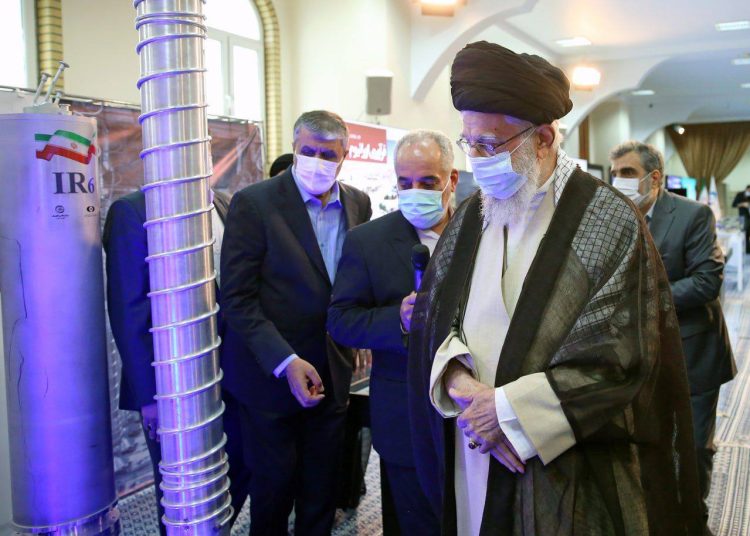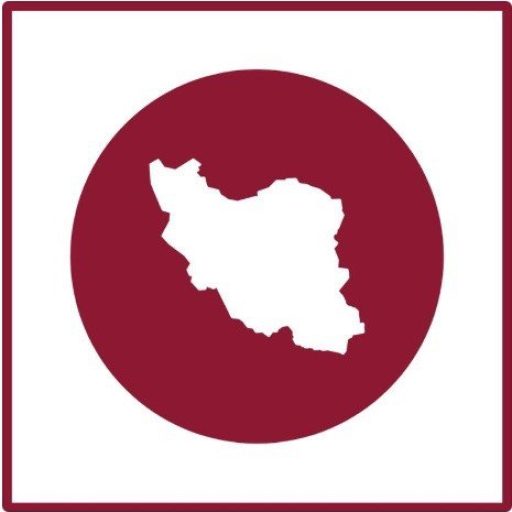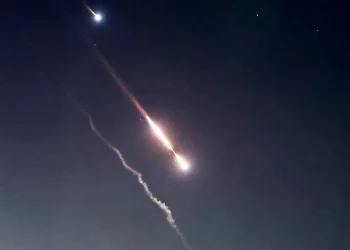Ayatollah Seyyed Ali Khamenei, the leader of Iran, has stated that nothing is wrong with reaching a deal as long as Iran’s nuclear infrastructure remains undamaged.
He emphasized the importance of vigilance when dealing with the West, citing their history of “reneging on promises”.
These remarks were made during a meeting with a group of nuclear experts and officials in Tehran on Sunday.
“You may want to reach agreements in some fields. Nothing is wrong with agreements, but the infrastructure of the nuclear industry must remain undamaged”, Ayatollah Khamenei added.
The Leader also noted that both negotiating governments and the International Atomic Energy Agency (IAEA) have failed to honor their commitments in various sections in the past. He stated that the 20-year nuclear challenge has demonstrated that their (West and the IAEA) promises and words cannot be trusted. He emphasized the importance of understanding where to place trust and where not to, citing past experiences of being dealt blows to Iran due to misplaced trust.
However, the Leader stated that cooperation with the IAEA must continue within the framework of safeguards regulations and that the Strategic Action Plan law mandated by parliament must not be violated. This law serves to benefit both the country and the nuclear industry.
Nevertheless, Ayatollah Khamenei encouraged continued cooperation with the IAEA within the parameters established by the safeguards regulations and the Strategic Action Plan law. He emphasized the importance of adhering to the law, which benefits both Iran and its nuclear industry.
further dismissed the accusations that Iran is developing nuclear weapons as a pretext for targeting the nation, characterizing such claims as unfounded lies. He decisively stated that Iran’s Islamic principles preclude the pursuit of nuclear weapons, as the nation’s “enemies” are well aware.
He described the nuclear industry as one of the most important components of the country’s power, credibility, and strength, stating that it is key to progress in many fields.
The Leader envisioned a future where Iran could potentially produce 20,000 MW of nuclear power in the mid-term, compared to the current 1,000 MW, and urged the Atomic Energy Organization of Iran to consider developing lower-capacity power plants with outputs of 100 and 200 MW or even less, given their success in other countries.






